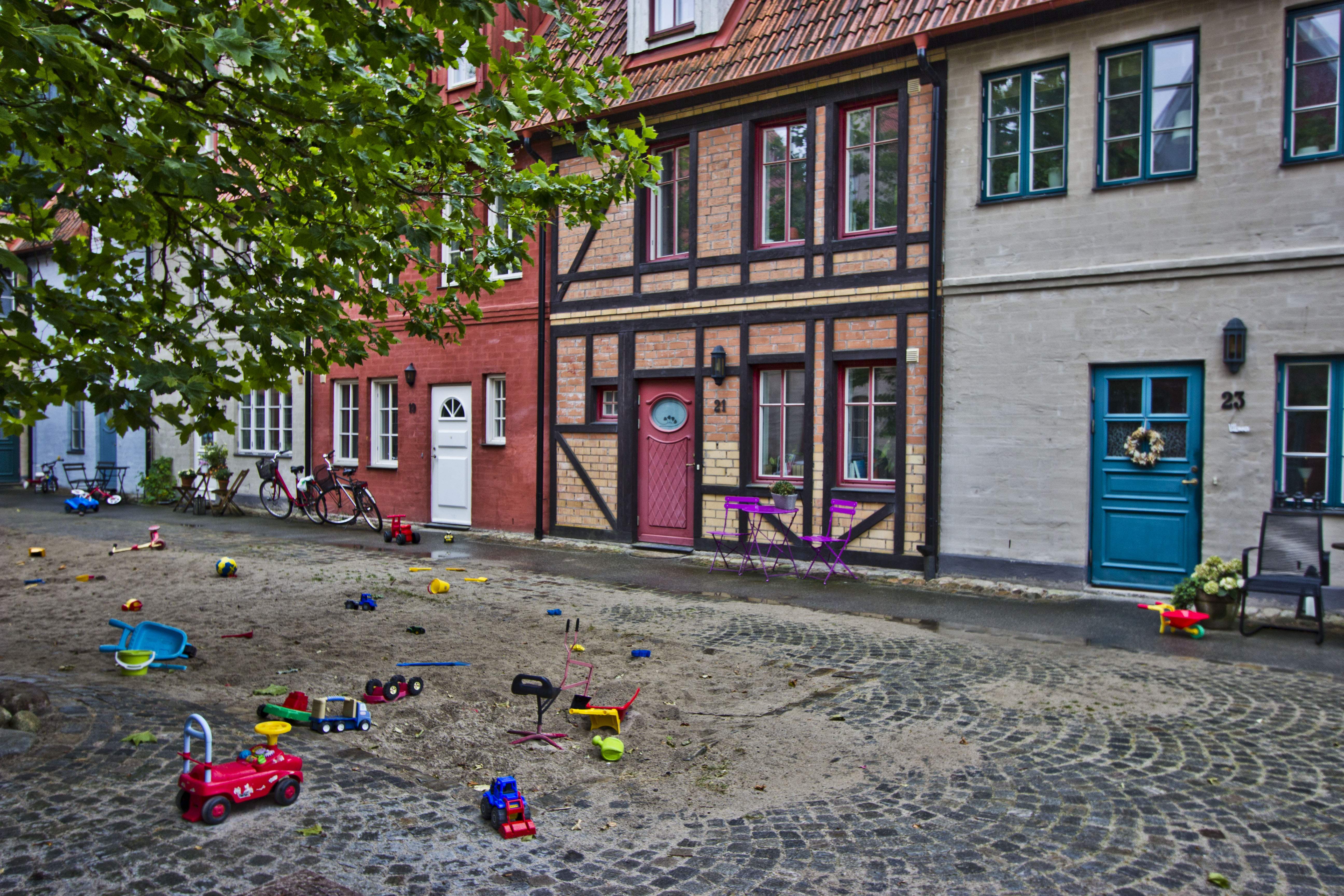
Malmö – very subjective narrative
We visited Malmö on the way from Copenhagen to Poland. We spent all day on sightseeing this city, and even we managed to go to Jakriborg (here is the post about this unique city).

I’ve mixed feelings about this city. Usually, I try to assess objectively places which I visit and find differences which create a unique atmosphere.

I do want to say that Malmö is an interesting city. Unfortunately, by and large it isn’t. Naturally I would be very unfair, presenting this city as a “tourist nightmare”.

Generally you can find here some interesting, historic places, which I show you in this post. But overall impression is similar to disappointment with relation between Polish zloty and Swedish korona purchase power.

So, as regards prices…
Bread costs 30 SEK (1 SEK = 0,10 EUR or 0,11 USD)
6 eggs – 20 SEK
Butter 11 SEK
500 grams of cheese – 80 SEK
Apples – 27 SEK
Bottle of water (0,5 l) 16 SEK
Coke (1,5 l) – 20 SEK
Famous cinnamon buns Kanelbulle – 9 SEK
Not to mention alcohol prices.

Low prices are in the suburbs or outside the city. For example, dinner in above mentioned Jakriborg, cost us 75 SEK + beverage 20 SEK.

Besides prices, there’s one thing which is blatantly obvious. The streets are very dirty. We arrived in Malmö on Monday morning at 10 o’clock so it’s hard to justify this fact by weekend parties.
So what we can say about this city?

Firstly, it’s very hard to evaluate city’s architecture. Gamla Staden known as the Old Town has a very chaotic architecture. Buildings are different both historically and culturally.

It’s no wonder, because around ¼ residents don’t have Swedish nationality.

This third largest Swedish city is inhabited by more than 170 nationalities.

The city center is Stortorget Square with the Town Hall (Rådhuset) form 15th century. In the middle of the square you can see the satute of the King – Charles X Gustav. There’s also a very interesting building – Apoteket Lejonet – the pharmacy from 16th century.

Inside the pharmacy you can see a very interesting, antique décor.

Close to it, there’s Kompanihuset – the red building which belonged to Danish East India Company.

A little bit farther is St. Peter Church which is the oldest such a building in the city (dated back to 14th century).

I don’t want to undersell its gothic architecture but the most interesting thing here was a table with coffee and tea. It turned out that it isn’t a special practice in Swedish churches but it’s only a treat for homeless people and tourists. Apparently, they took into account our shop dilemmas 😉

Some architectural gems are situated at Östergatan street. There’s an old warehouse from 1620 so called Diedenska huset and the oldest building Thottska huset built in 1558.

Across the street, there’s St. Gertrud – the compound of 19 buildings founded by rich merchants between 16th and 19th century.

The second place where we can see an old, interesting architecture is cobblestoned Little Square – Lilla Torg, which is surrounded by colorful townhouses.

Malmö has a lot of parks too.

Close to the city center, there’re two big parks – Kungsparken and Slottsparken.

They’re a lot of canals where Swedish spend their spare time.

Walking along beautiful alleys you can reach the old castle – Malmöhus Slott. Inside you can visit numerous museums and aquarium.

Maybe our impressions were caused by Copenhagen, which had been really impressive. However we hope that we managed to present more interesting side of this city.

























